- Learning time
- 20 minutes
- First play time
- 60 minutes
Sissi! Die Bohnenkaiserin
Designed by: Uwe Rosenberg
Sissi! Die Bohnenkaiserin is a bean-growing game where the players try to end as the richest farmer – by growing enough beans that you can turn them into cold, hard cash.
A deck of cards is made up of various types of bean, the most prolific of which is the Sissibean, making up roughly half of the cards. Players begin with a hand of six cards and you must not change the order of your hand, but keep them as-dealt!
On your turn you do three things. The first is planting. In front of you are three (imaginary) fields, in which you can plant beans by placing cards there. You must place the top card in your hand, and optionally play the second as well. You can start a new field, continuing an existing field by adding the same type of beans to it, and if you have no legal move because your cards don’t match, you’ll have to harvest in order to make room.
Before we come to harvesting though, let’s talk about Sissibeans. Sissibeans can be planted and added to just like any other bean, but they can also function as a kind of wildcard: added to another beanfield. You can keep adding them to other beans as long as you alternate with the other type of bean (eg: soya bean/sissibean/soya bean/sissibean and so on) and hence grow larger sets – which in turn are worth more points. If you break this alternating by adding a second soya bean (in the above example) or sissibean, you are forced to harvest at the end of your turn.
The second thing you do is trade: Turn over cards from the deck and – potentially – trade with the other players. You might get cards you want yourself; but you might not, and the trading aspect can be critical to your success, as there’ll be times players can drive hard bargains – or even gain freebies – because it’s obvious you really don’t want a particular bean, as it will mess up your fields… trades can be made from the freshly-flipped cards, from your hands, but only with the active player. Once all trading is done, players must add the traded cards to their fields – which again, may cause a harvest!
Finally everyone picks up a single card, and adds it to the back of their hand.
Harvesting is sometimes enforced; sometimes optional. When you’ve collected a certain amount of beans you can cash them in: the top card denotes what a set is worth (garden beans for example are worth a little more than fire beans) and so being forced to harvest when there is a Sissibean at the top of the pile can sometimes cost you cash. Cards are flipped over to become money, and leftover cards go into a discard pile. When the draw deck runs out, the discards are shuffled to form a new draw deck, and when the draw deck runs out for the third time the madness ends and the player with the most cash wins!
Not currently in print
The guru's verdict
-
Take That!
Take That!
Not much - you can be hit by unwanted harvest actions, but it's more likely to be circumstances conspiring than the other players.
-
Fidget Factor!
Fidget Factor!
Very low indeed. You're involved on everyone's turns because of the trading.
-
Brain Burn!
Brain Burn!
Pretty low.
-
Again Again!
Again Again!
Although Sissi does run a little long for what it is (best with three rather than four or five players) and in terms of experience varies little, it does at least compel the players to engage every time via the trading - where the game can be won and lost.

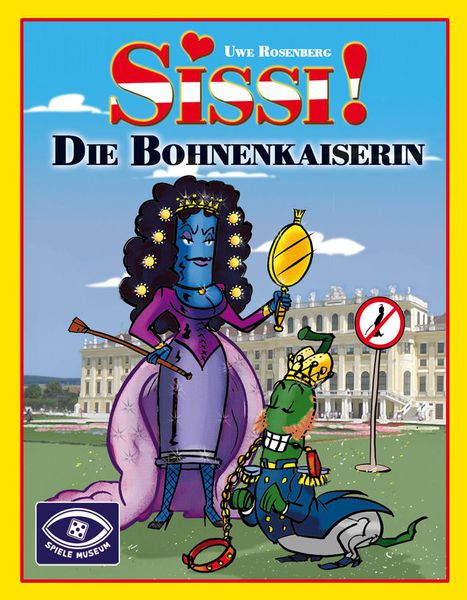


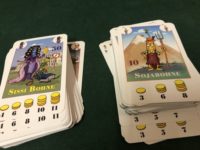

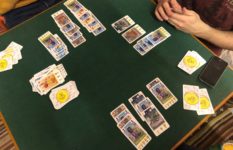

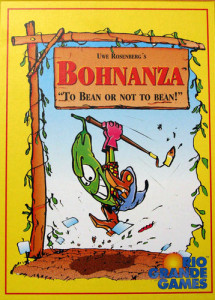
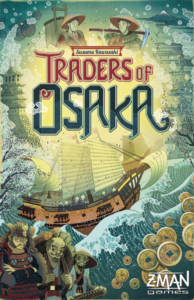

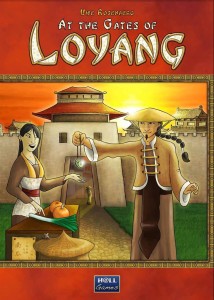


Sam says
I like trading games and, just like its (much better known) sister game Bohnanza, Sissi has a clever and engaging system where interaction with the other players is far from incidental: you can be lucky with the draw, for sure, but good players see the opportunity for market manipulation and even bluff: pretending you don't really need a bean when you very desperately do in order to get a good price, or conversely feigning reluctance to lose something you'd really like to be shot of. These micro-transactions add up to small boosts in your fields and an overall better return on cash, and although - being super-picky - I'd say the game is maybe quite long for the experience it offers, it is a lot of fun.